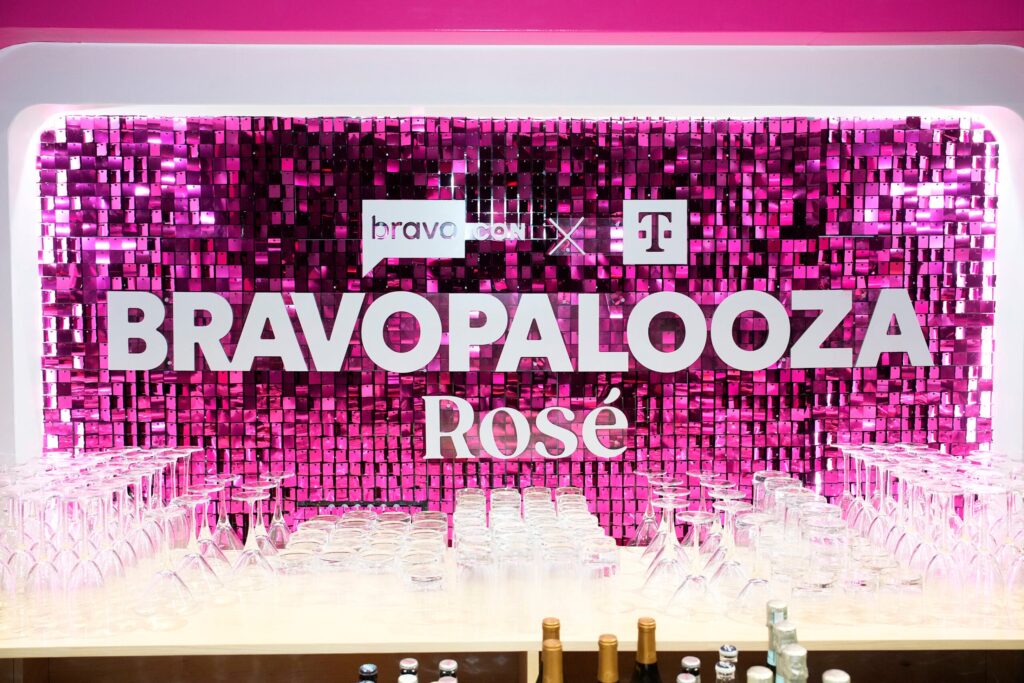IF YOU’VE GOT a great corporate reputation, serious market share and a killer product, do you really need a new direct marketing approach to gain a foothold in a new industry segment?
Applied Microsystems Corp. of Redmond, WA, thought it could rely on DM strategies already in place, but knew there was a risk it might miss the mark. How could it execute its current plan and test some fresh ideas without spending a lot of money and taking months to do it?
The company provides development tools for engineers who design, debug and test embedded computer systems. With its handheld hardware/software debugger SuperTAP, Applied already had a strong presence in the telecommunications industry, but wanted to increase its appeal to middle managers in that segment. At the same time, it wanted to strengthen its position in industrial automation.
Like many other smart companies, Applied needed a way to quietly test DM efforts without delaying the program’s introduction or significantly increasing its cost. Applied knew that traditional testing methodology calls for evaluating only one thing at a time, testing head-to-head and always using statistically valid samples. But this just doesn’t work for many business-to-business marketers that may have a relatively small mailing universe and are pushing to get a competitive product to market.
Applied Microsystems selected five key variables to be tested against several mailing lists:
* Two vertical markets: Industrial and telecommunications automation. Copy was written to address the needs of each industry. Separate copy was written to the CEO and to midlevel managers within each segment.
* Two copy platforms: Greed and salvation.
Greed (“What’s in it for me?”) copy led off with what the prospective customer could gain from SuperTAP. Salvation copy identified the customer’s fears and showed how the product could allay them.
* Two offers: A T-shirt and a white paper.
An industry expert wrote the white paper for this project. The T-shirt was featured on the outbound envelope; the white paper was not.
* Two envelopes: One highly promotional and one blank (or stealth) envelope.
*Mailing lists: House files, client-selected rental files.
The lists included two client house files and five client-selected rental files matched to industry targets. Rental files were chosen from publications in which the client placed ads, or from lists of trade show attendees.
Altogether, Applied’s testing matrix contained 24 variables and 112 test cells. When results were measured, the company had enough information to identify winning test combinations that could dictate next steps.
After the test results were analyzed, several strong trends emerged.
* Target markets: Industrial automation, an area where Applied had only limited success before, was a clear winner in this program. It’s possible the market had always performed well, but without cell-by-cell analysis, the company had been unable to recognize it.
* Copy platforms: Greed outpulled salvation by a strong margin. Obviously, the promise of success outweighed the fear of failure.
* Offers: The T-shirt beat the white paper 2-1-proving that a “What’s in it for me” mentality works, even in a corporate environment.
* Envelopes: The promotional envelope did better than the stealth version, an unexpected result in B-to-B. Again, this proves it’s always smart to test.
* Mailing lists: House files outperformed rental lists 4-1, a typical result. However, since one of the best-performing client house files is sorted by processor type, this clarified exactly which file segments to rent for future mailings.
Overall, the test garnered a powerful 1.62% response rate, with the new control package pulling more than 8%-an astonishing result.
Applied can now put together the winning offer, copy, envelope format, market segment and list combination. Then it can establish the new package as a control, and test again later to beat it. With minimal changes, the company can expand the package to larger audiences and double the response rate. And the whole process took only nine weeks.
The moral of this tale? Most companies don’t test enough, and many don’t test at all. They typically use lack of time or money or a small testing universe as excuses. But as Applied Microsystems’ case shows, testing can be done quickly and efficiently-giving you results you can use right away.



